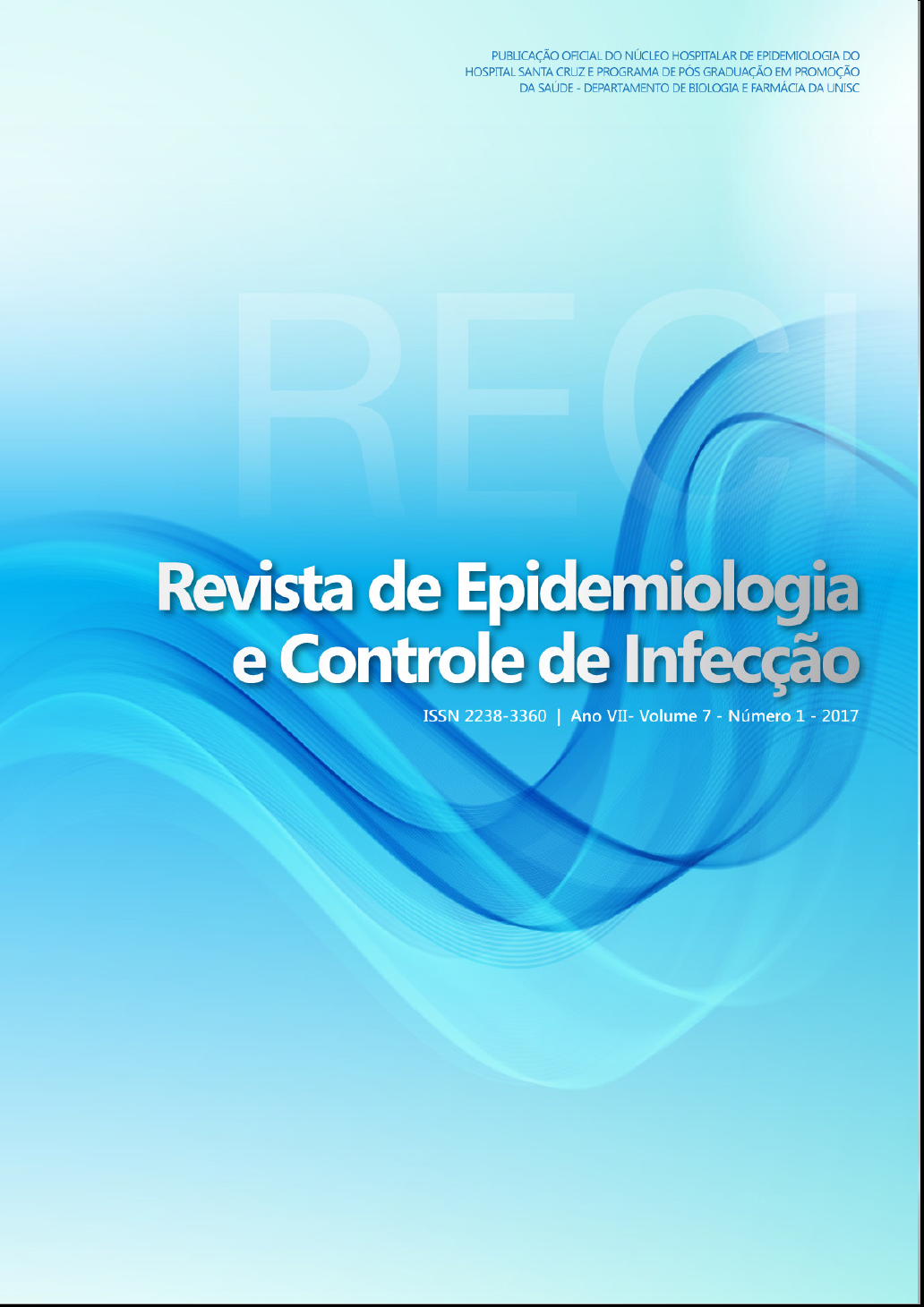Private Uniform Contamination Used by Nursing Staff in Intensive Care Units.
DOI:
https://doi.org/10.17058/reci.v7i1.7380Abstract
Background and Objectives: The study aimed to verify the presence of pathogens in private uniform professionals with access to the Intensive Care Unit (ICU) and analyze the sensitivity profile of the samples positive for Staphylococcus aureus. Methods: Samples were collected before and after the work day and later performed microbiological analyzes. Results: There was a percentage change in the total growth of 154%, with a predominance of coagulase-negative Staphylococcus (72.8%) followed by Staphylococcus aureus (38.4%). The latter showed considerable resistance to some specific antibiotic used for treatment. Conclusions: In this study it was possible to identify the presence of various potentially pathogenic micro-organisms in private uniform used by professionals in the ICU, verifying that the colonization of these bacteria has a progressive increase over the use of time. Strains of Staphylococcus aureus tested against the antimicrobial had a high profile susceptibility to drugs such as vancomycin and medium to oxacillin. With the large number of infections caused by bacteria resistant to different antibiotics, one should not rule out any possible means of dissemination of these microorganisms. However, more studies should be developed so that there is a confirmation that the bacteria found on the uniforms are the same that cause IRHs. KEYWORDS: Contamination. Protective clothing. Cross Infection. Intensive care unit.Downloads
Downloads
Published
How to Cite
Issue
Section
License
The author must state that the paper is original (has not been published previously), not infringing any copyright or other ownership right involving third parties. Once the paper is submitted, the Journal reserves the right to make normative changes, such as spelling and grammar, in order to maintain the language standard, but respecting the author’s style. The published papers become ownership of RECI, considering that all the opinions expressed by the authors are their responsibility. Because we are an open access journal, we allow free use of articles in educational and scientific applications provided the source is cited under the Creative Commons CC-BY license.


